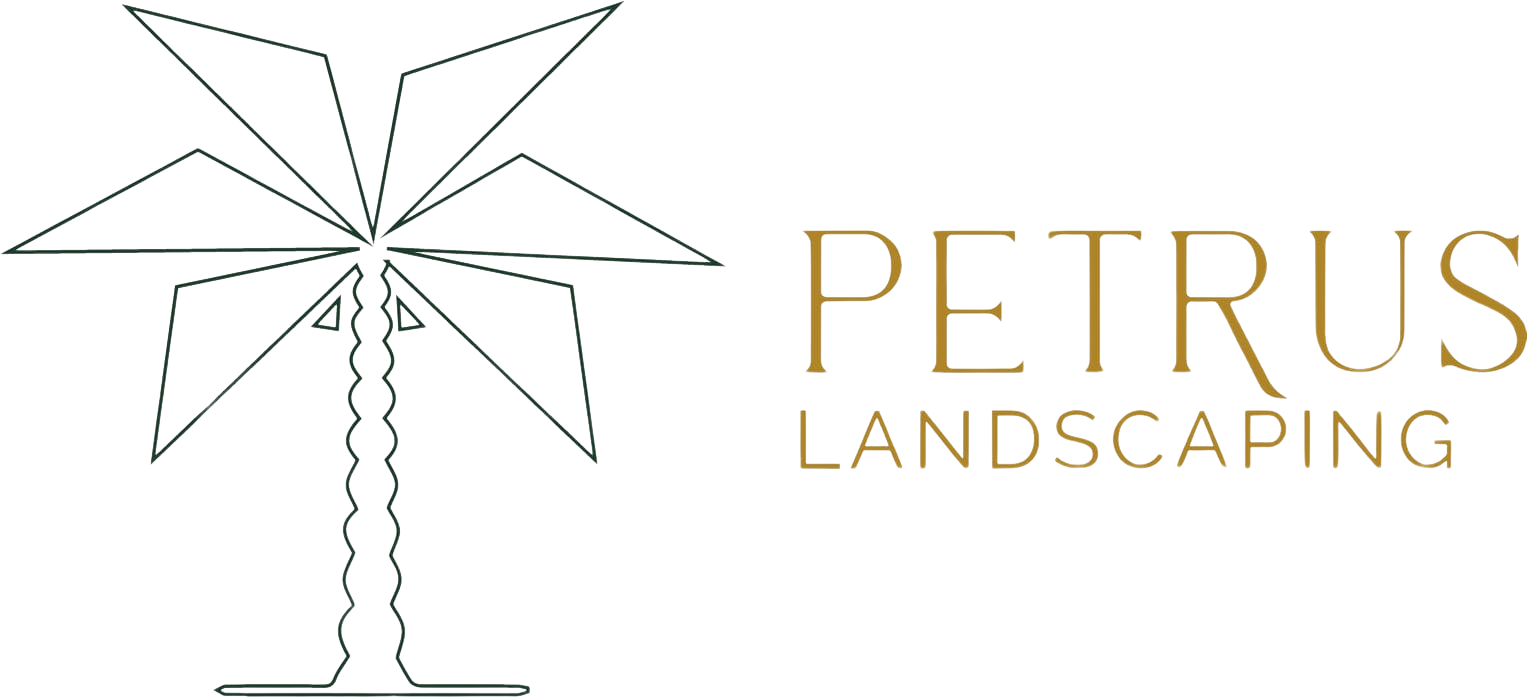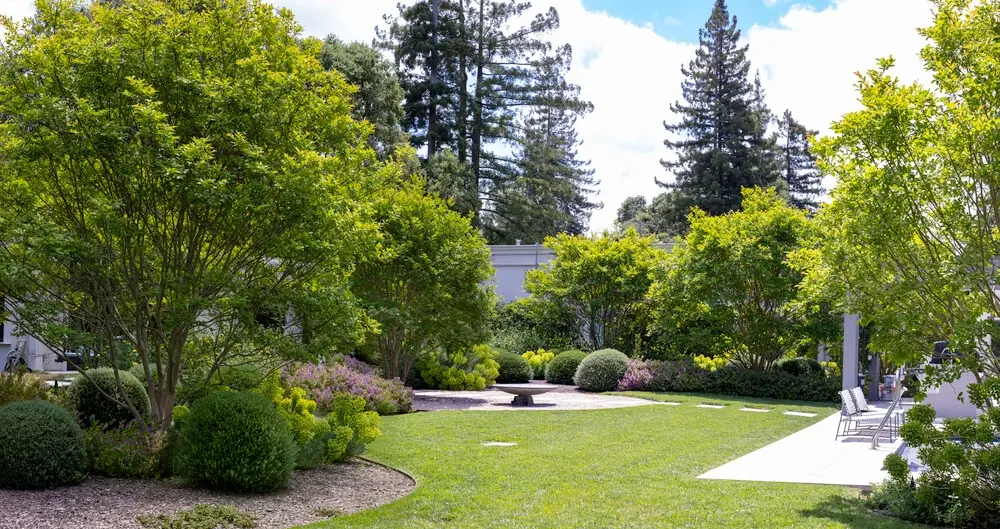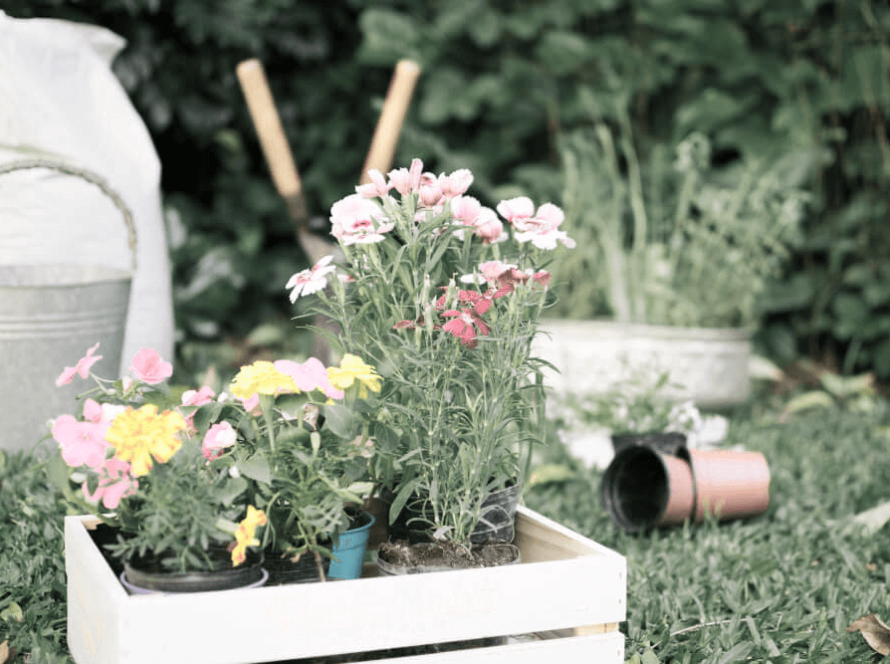In Estate landscaping, you have a special chance to blend high-end living with the environment. Bay Area is rich in natural beauty and diverse wildlife. Even if you don’t live in a thick forest, you can cleverly plant specific trees and shrubs to turn your estate into a lively home for local animals. This easy-to-follow guide walks you through native trees and shrubs, enhancing your luxury landscape while providing support for the various wildlife that lives in the Bay Area.
The Significance of Wildlife-Friendly Bay Area Landscaping
Before we dive into the specifics of tree and shrub selections, it’s essential to grasp why wildlife-friendly landscaping is a vital component of your estate:
- Ecological Balance: By planting species that local wildlife depends on, you contribute to the intricate ecological balance of the area, fostering the well-being of various insects, birds, small mammals, and larger creatures.
- Natural Pest Control: Attracting beneficial wildlife, such as birds and insects, can aid in controlling harmful pests naturally. This approach minimizes the need for pesticides, promoting a healthier landscape.
- Living Aesthetics: A landscape teeming with wildlife offers an ever-changing panorama of beauty and a connection to the rhythms of the natural world. Your estate becomes a dynamic masterpiece, reflecting the charm and vibrancy of nature.
Selecting Native and Wildlife-Friendly Trees and Shrubs in Bay Area
Creating a haven for wildlife begins with native plant selections. Native species are often preferred by local wildlife, ensuring the most effective attraction and support. Here are three exceptional options for your Bay Area estate:
- American Holly (Ilex opaca)
Shelter: American Holly, whether groomed as a topiary or allowed to grow naturally, provides a dense, evergreen shelter. This characteristic makes it a favorite nesting site for a variety of birds and small mammals.
Food Source: The bright red fruits of the American Holly are a delicacy for songbirds, squirrels, and rabbits. Their presence guarantees a year-round natural food source for the wildlife on your estate.
- Flowering Dogwood (Cornus florida)
Food Source: The Flowering Dogwood is celebrated for its large, showy white flowers in mid-to-late spring, followed by an abundant production of red fruits. These fruits are cherished by several songbirds, including Robins and Cedar Waxwings.
Nesting Sites: This tree is a favored choice for birds to build nests, establishing a harmonious coexistence between wildlife and their primary food source.
- Red Mulberry (Morus rubra)
Food Source: Among the multitude of fruiting trees, the Red Mulberry stands out as one of the most attractive for wildlife. Its fruit is a true bounty, attracting a wide range of animals, from songbirds to squirrels.
Edible for Humans: As an added bonus, the fruit is also edible for humans, making it a delightful summer treat for all.
Designing Your Wildlife Bay Area Sanctuary
Incorporating wildlife-friendly trees and shrubs into your Bay Area landscape design is an art. To achieve this harmonious balance between luxury and nature, consider the following design tips:
- Strategic Grouping: Create clusters of wildlife-friendly plantings that mimic the natural groves and forests, attracting a greater variety of creatures to your estate.
- Year-Round Appeal: Select a combination of trees and shrubs that provide food and shelter throughout the year, ensuring a constant presence of wildlife.
- Sophisticated Integration: Seamlessly blend these wildlife-friendly species into your luxury landscape design, ensuring they become an integral part of your estate’s aesthetic.
- Sustainable Management: Implement sustainable landscape maintenance practices to ensure the long-term health and vitality of your wildlife-friendly landscape.
By thoughtfully designing your estate with wildlife in mind, you can strike a perfect balance between luxury and nature. Your landscape will flourish with the vibrant energy of local wildlife, creating a true oasis in the heart of the Bay Area. This landscape is not only an embodiment of elegance but also an ecological responsibility, revealing the enduring beauty of estate landscaping in perfect harmony with the environment.



